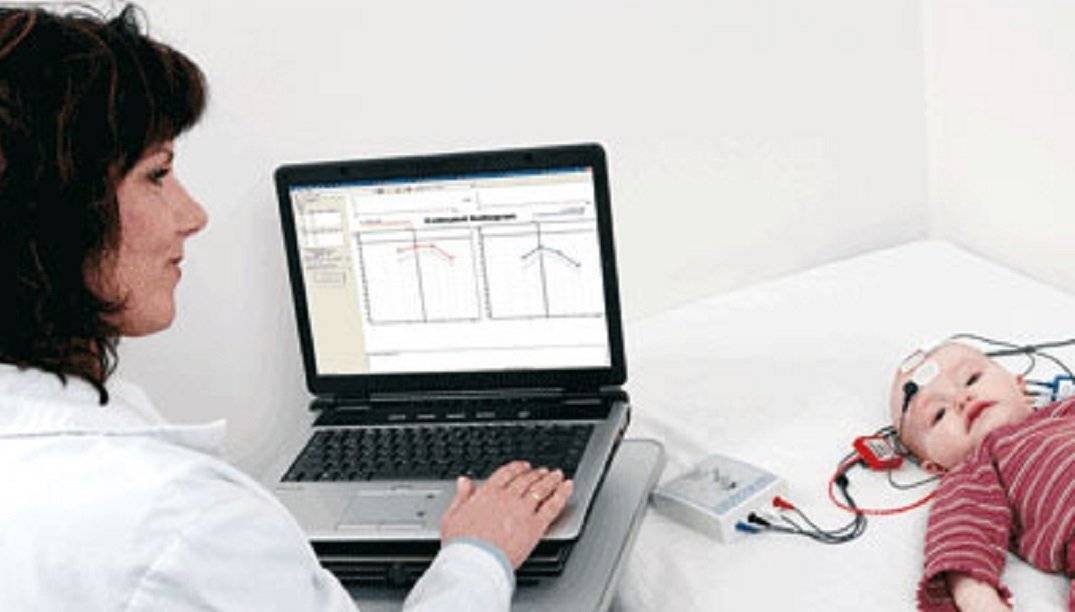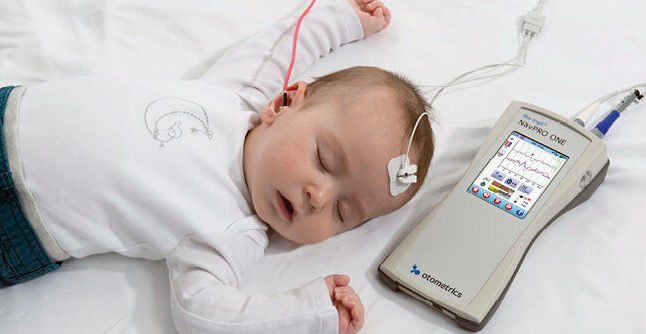Islamabad Hearing Center offers variety of hearing tests that will help people related to hearing loss. our Audiologist will perform your hearing evaluation and will take the time to fully explain it to you. If you need additional treatment, such as hearing aids or other assistive devices, Audiologist will gather information regarding your hearing, difficulties, and other worries you have. Using that data and the results of the tests, will advise a treatment plan as well as which technology is best for you.








Hearing loss is not always a sign of aging .It may occur in people who are young and healthy.
There are three types of hearing loss
1)Sensorineural hearing loss: the most common type of hearing loss. It occurs when the inner ear nerves and hair cells are damaged perhaps due to age, noise damage, or something else. 2)Conductive hearing loss: the result of obstructions in the outer or middle ear perhaps due to fluid, tumors, earwax, or even ear formation. 3)Mixed hearing loss: what it sounds like a combination of sensorineural and conductive hearing loss.
A variety of hearing solutions can help people with different types and degrees of hearing loss. No matter the age, not being able to hear often negatively affects the quality of life. Hearing implants can bring back access to hearing and help people with hearing loss enjoy life again.
Islamabad hearing center with a team of professional audiologists, engineers, and programming experts trained in multiple countries.That’s why we are trusted by international brands
Happy Clients
Certified Consultants
International Affiliations

Office No, 9 Ground Floor Executive Complex back side PSO Pump, near TCS Office, G-8 Markaz Islamabad.
Phone : 051 8899990
Mobile : 0336 5784920
( islamabadhearing@gmail.com )

Clinic No MF-72,73 Pak Medical Center, Khyber Bazaar Rd, PTCL Colony Peshawar.
Phone : 091 2550063
Mobile : 0341 6888999
( islamabadhearing@gmail.com )

Mz-7 Pearl City tower, Sargodha Rd, opposite PSO Pump near Lassani Pulli, Shadman Town Faisalabad.
Phone : 041 8846878
Mobile : 0300 7896555
( islamabadhearing@gmail.com )

Front of Ali Imran Hospital, CMH Rd, near CMH Supply Bazar, Rawalakot
Mobile : 0336-1008833
(islamabadhearing@gmail.com )

3-A Basement Al-Amin Plaza opp MH(AFIC) Hospital Mall Road Saddar, Rawalpindi.
Mobile : 0315 4123301
For Complaints : 0336-5784920
( islamabadhearing@gmail.com )

Oppposit City Science College, near allied hospital, bypass bagh city, azad kashmir.
Phone : 041 8846878
Mobile : 0300 7896555
( islamabadhearing@gmail.com )

F1 Main Kottly Road, near Mirpur Medical Complex, Opposite Akram Eye Hospital Mirpur AJK
Mobile : 0336 0057744
Other No: 0300 8222035
( islamabadhearing@gmail.com )

Office A-16 Main Bazar, near Sarwar Hospital, Satellite Town Sargodha
Mobile : 0300 8298855
Phone: 048 2178855
( islamabadhearing@gmail.com )

Nishtar Rd, Near Islamabad Diagnostic Center, Opposite Dost Plaza, Lalazar Colony, Multan
Mobile: 0300 8233362
( islamabadhearing@gmail.com )
Copyright © 2023 IHC, All rights reserved by Islamabad Hearing Center.